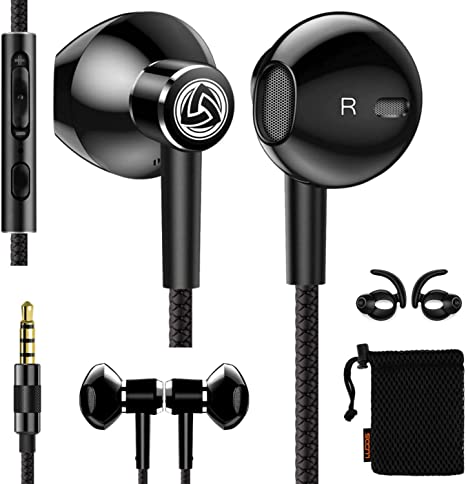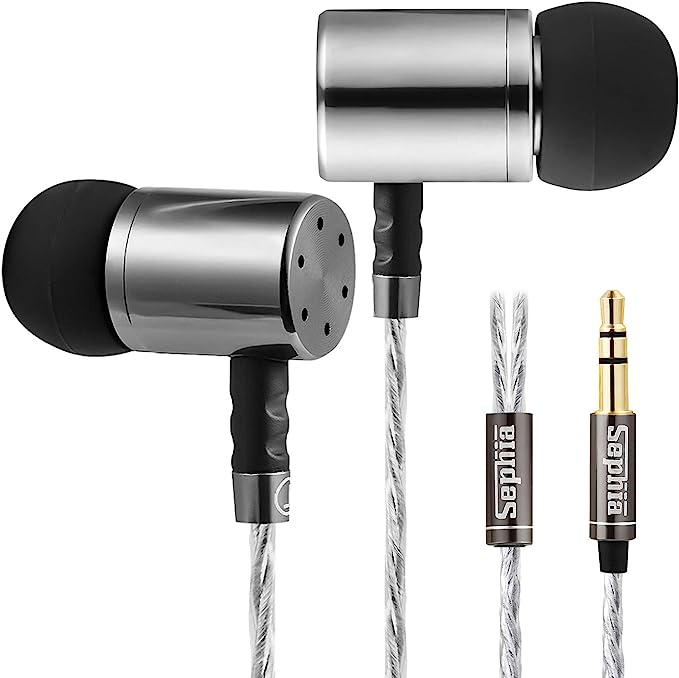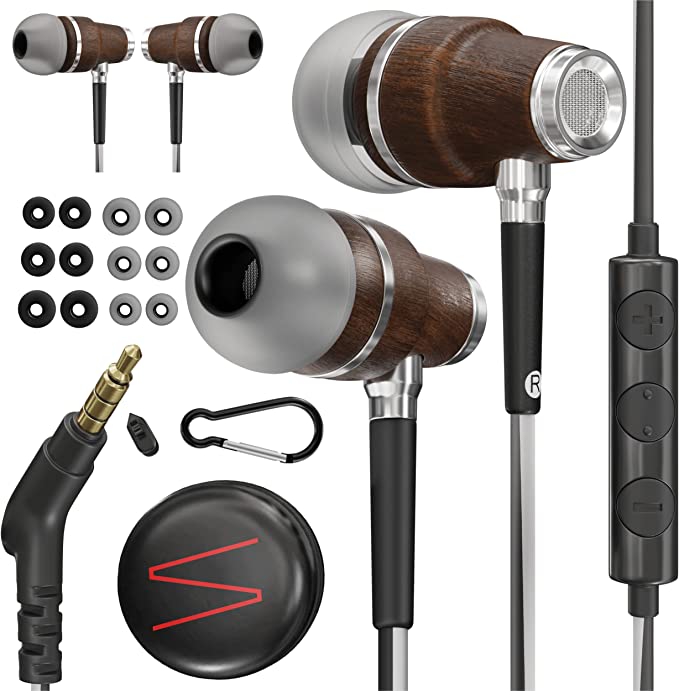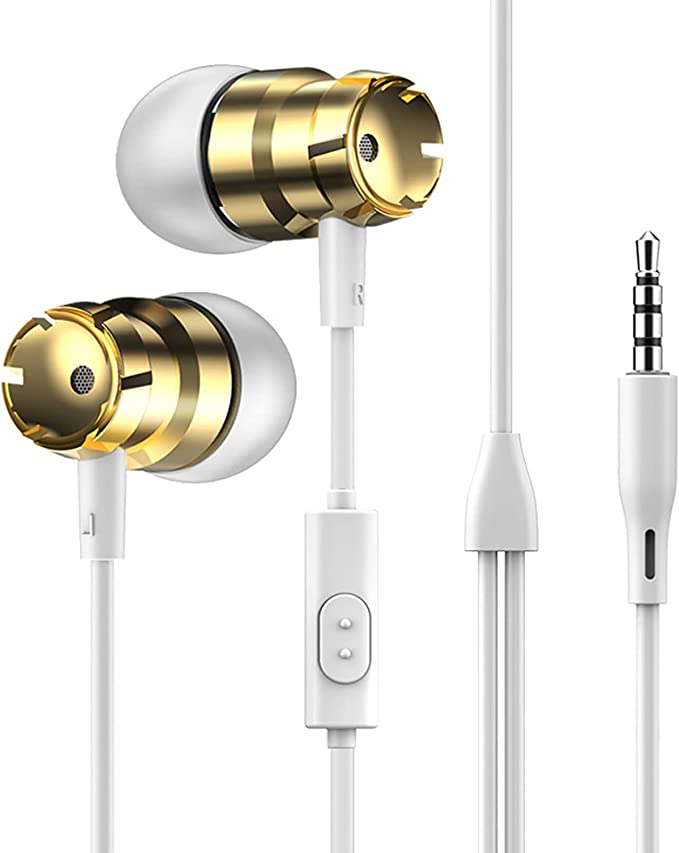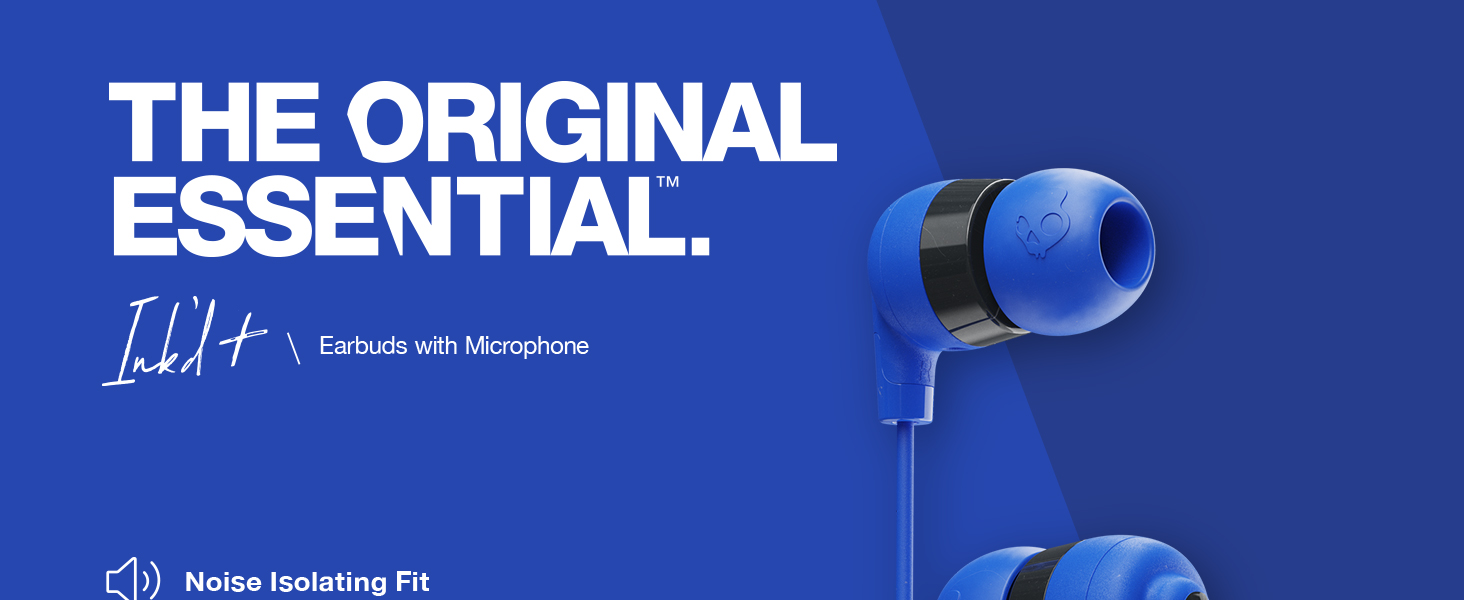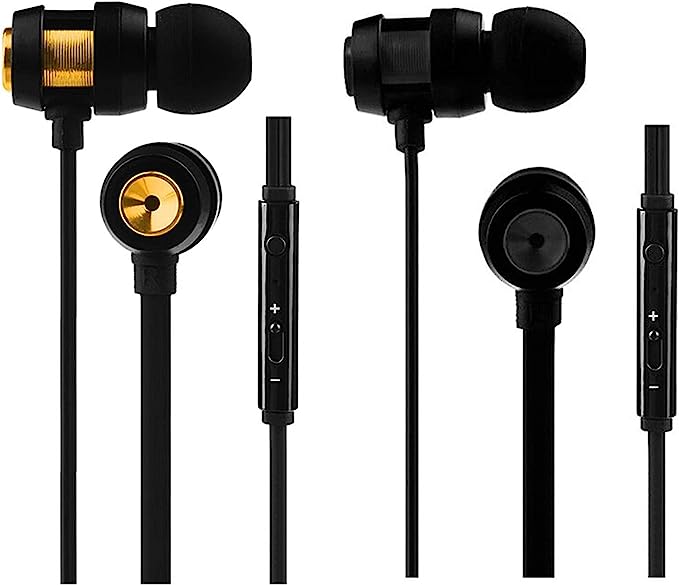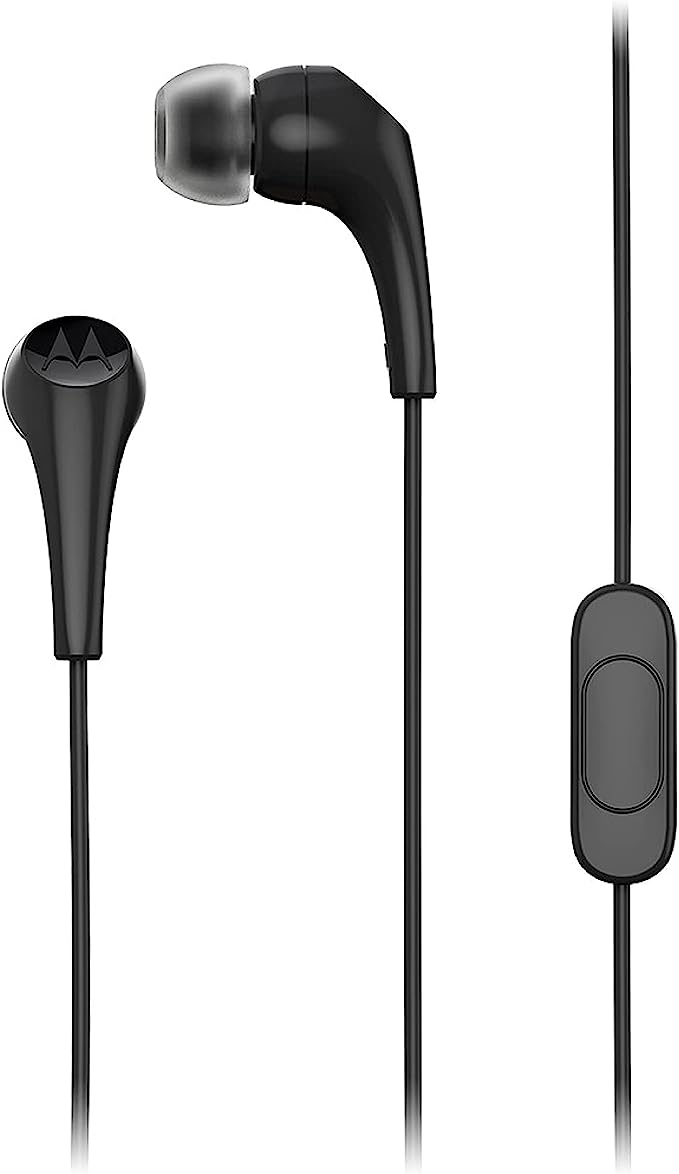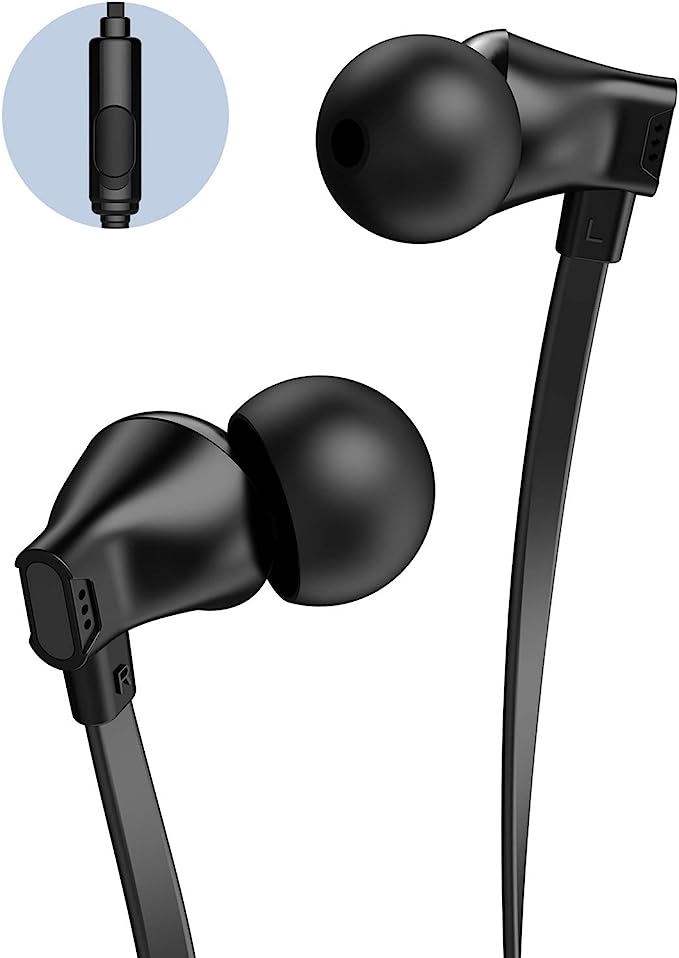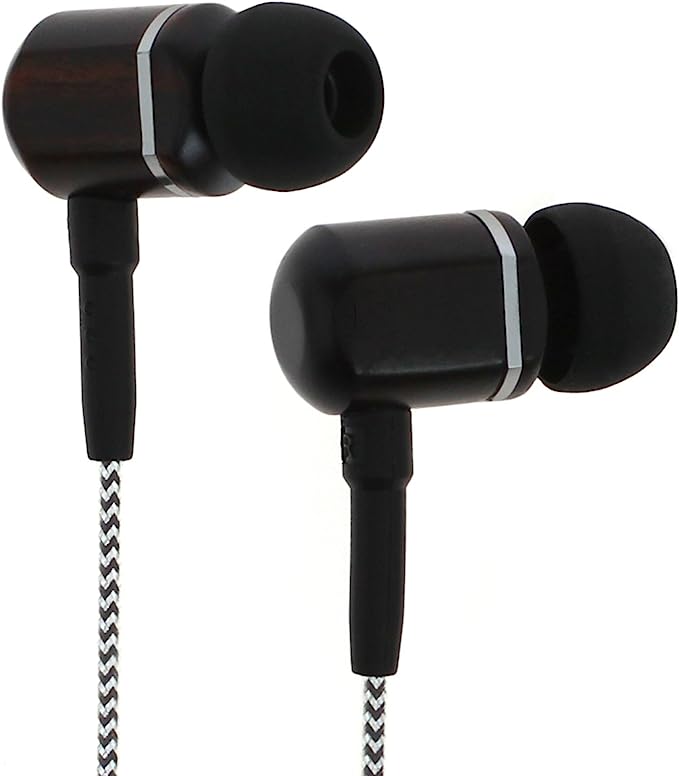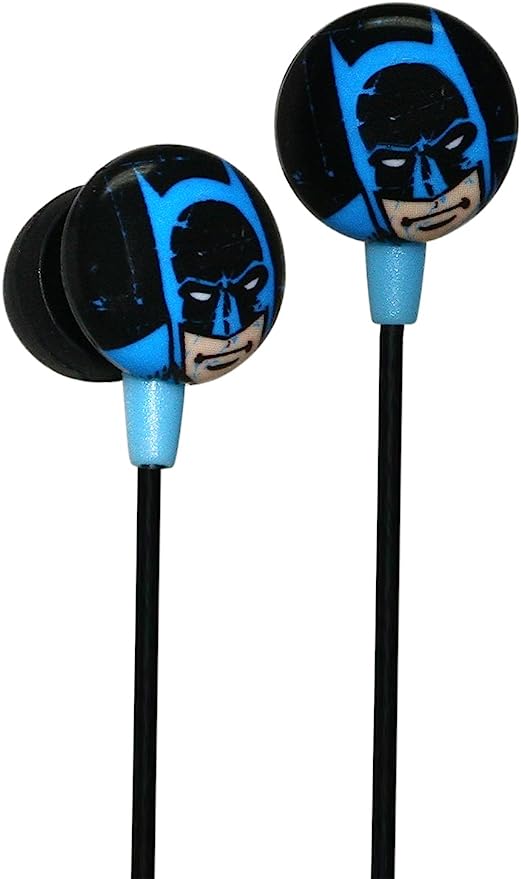The Case for "Obsolete" Tech: Why Wired Earbuds Still Win on Latency and Reliability
Update on Nov. 15, 2025, 6:41 a.m.
We live in a world obsessed with cutting cords. True Wireless Stereo (TWS) earbuds dominate the market, promising freedom and convenience. Yet, a paradox remains: wired earbuds not only persist, they thrive. A single wired model can quietly rack up over 17,000 user ratings.
This isn’t just nostalgia. It’s a deliberate, practical choice.
For all its convenience, wireless audio demands significant compromises in latency, compression, and reliability. For a growing number of users—gamers, travelers, professionals, and audio purists—those compromises are unacceptable. The humble 3.5mm wired earbud isn’t “obsolete” tech; it’s focused tech. Here’s why it still wins.
1. The Zero-Latency Advantage
This is the most critical, non-negotiable benefit.
- Wireless Latency: Every wireless earbud suffers from latency (lag). The audio signal must be digitally compressed (encoded), transmitted via Bluetooth, received, and then uncompressed (decoded). This process takes time, often between 100ms and 300ms. For music, it’s unnoticeable. For gaming or video, it’s a deal-breaker—the sound of a footstep or a line of dialogue arrives a fraction of a second after the action on-screen.
- Wired Latency: A wired earbud has zero latency. The signal is analog and travels at the speed of electricity. The sound is instantaneous.
For any application where timing is critical—from competitive gaming to video editing or playing a digital instrument—wired audio isn’t just an option; it’s a professional necessity.
2. The Reliability Factor: No Batteries, No Pairing
The convenience of wireless ends the moment you hear “Battery low.” A TWS earbud has three batteries to manage (left bud, right bud, case). These batteries degrade over time, and a dead earbud is a useless piece of plastic.
A wired earbud has no battery. It draws a minuscule amount of power directly from the source. It will never die in the middle of a critical meeting or halfway through a transatlantic flight.
Furthermore, it has no pairing process. It doesn’t drop connections in a crowded Wi-Fi environment, and it doesn’t accidentally pair to your laptop when you wanted it to pair to your phone. It just works, every single time.

3. The Uncompressed Audio Signal
To fit high-fidelity audio through the narrow pipeline of Bluetooth, it must be compressed. Codecs like SBC, AAC, and even aptX are “lossy,” meaning data is discarded to reduce file size. While modern codecs are excellent, a compressed signal is, by definition, not the full, original audio.
A wired connection transmits the full, uncompressed analog signal from your device’s Digital-to-Analog Converter (DAC). For audiophiles or anyone doing critical listening, this provides a richer, more detailed, and more accurate sound reproduction.
The Modern Wired Earbud: Solving Its Own Problems
Of course, wired earbuds have their own well-known weaknesses: they offer no Active Noise Cancellation (ANC), and the cable is a physical point of failure.
This is where a modern, well-engineered model like the LUDOS Ultra demonstrates its intelligent design. It doesn’t try to be a wireless bud; it focuses on maximizing the strengths of being wired while solving its inherent problems.
Solution 1: Passive Isolation via Memory Foam
To compete with the “quiet” of ANC, the LUDOS Ultra uses a superior form of passive noise isolation (PNI). Instead of standard silicone tips, it employs memory foam eartips.
This viscoelastic material is a game-changer. It reacts to your body heat, softening and expanding to perfectly conform to the unique, complex contours of your ear canal. This creates an airtight acoustic seal that is far more effective than silicone at physically blocking outside noise.
This superior seal has a crucial secondary benefit: better bass. Low-frequency sound waves are long and powerful, and they will escape through any tiny gap. By sealing the ear canal, memory foam ensures all the bass produced by the driver is directed to your eardrum, resulting in a deeper, richer sound.

Solution 2: Durability via a Reinforced Cable
The number one killer of wired earbuds is the cable. It gets snagged, bent, and worn out at the connection points.
The LUDOS Ultra addresses this head-on by using a reinforced cable. This means the cable is engineered with more durable materials or an internal weave (like aramid fibers) to resist stretching and breaking. This, combined with a sturdy metal housing for the earpieces themselves, directly targets the product’s primary physical weak point, extending its usable life.

Conclusion: A Focused Tool, Not a Faded Relic
The wireless revolution has brought undeniable convenience. But in the rush to cut the cord, we’ve accepted compromises in latency, reliability, and audio fidelity.
The enduring success of wired earbuds is a clear sign that a significant part of the market isn’t willing to make those trade-offs. For the gamer, the remote worker, the traveler, or the audio purist, the wired earbud isn’t “old”—it’s focused. It is a tool that delivers a superior experience in the three categories that matter most: performance, reliability, and (thanks to no batteries or complex chips) incredible value.

